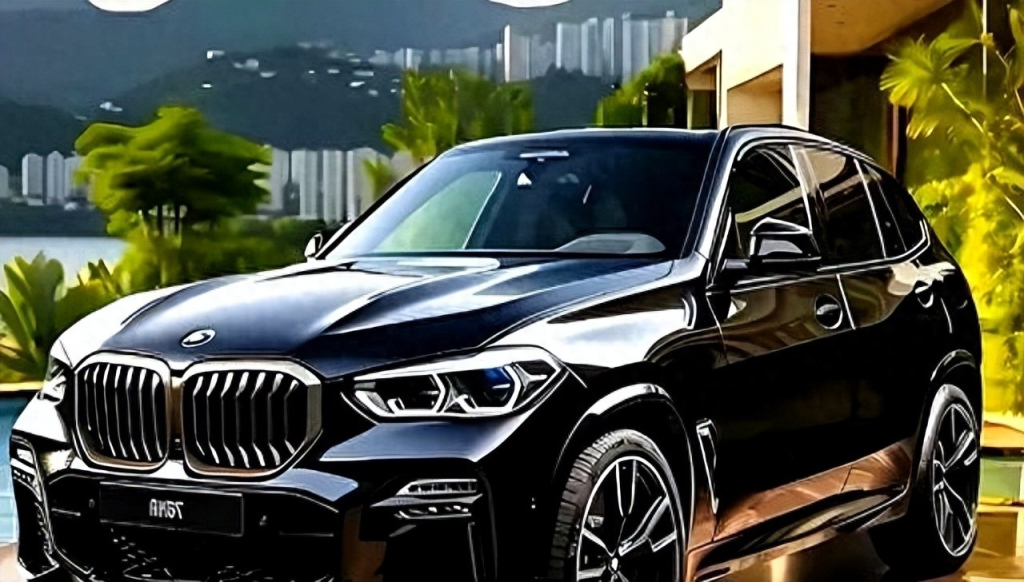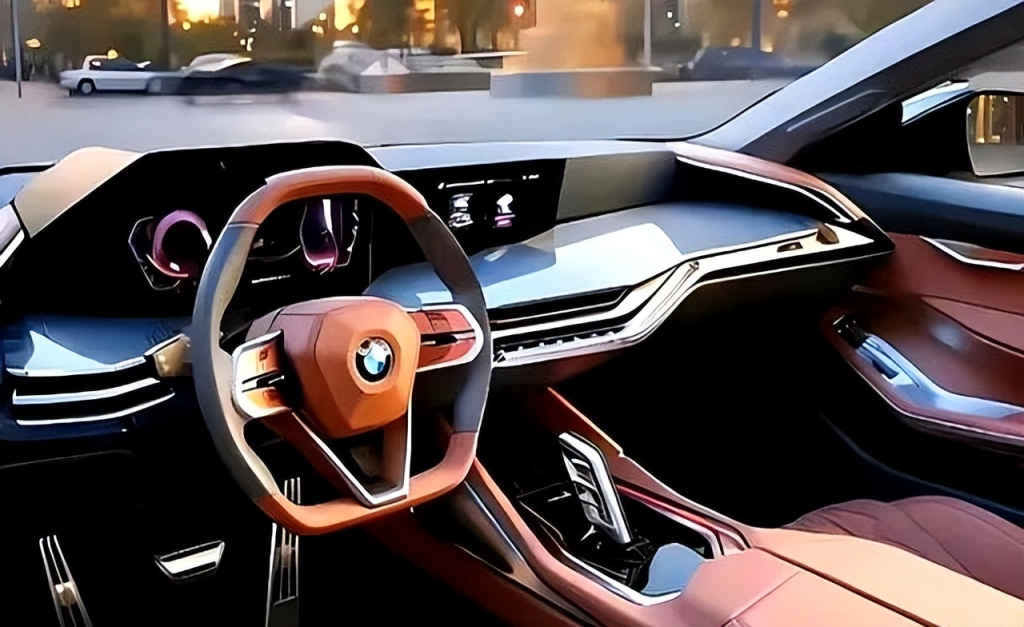In the mid-size luxury SUV segment, the BMW X5 has never been a supporting actor. Handling, power, brand prestige—it checks all the boxes. Even as luxury brands slash prices across the board, the X5 maintains its heat with “200,000 RMB landing discounts.” But the newly leaked renderings of this facelift raise questions: Is BMW guarding the last stronghold of combustion engines, or laying groundwork for a full transition?

1. Radical Exterior: From “Business Dad” to “Gym Rat”
The most obvious changes are outside. Gone is the “steady business” look. The signature kidney grille now sits behind sharpened chrome trim, like a pair of edgy “gold-rimmed glasses.” The headlights feature new matrix LEDs—their piercing beams sharper than before. The front bumper’s enlarged air intakes give the face an aggressive, almost predatory stance, closer to the sporty X613.
The profile retains the X5’s muscular lines but swaps wheels for sportier designs. Blacked-out elements—window trim, B/C pillars, roof rails—turn it into a “gym-toned icon,” shedding its “family chauffeur” image. The biggest surprise? Quad exhaust pipes. While rivals like the Mercedes GLE and Audi Q7 cling to elegance, the X5’s “head-turning exhaust” dares to court younger buyers—or test loyalists’ patience15.

2. Tech-Forward Interior: Sleeker but Divisive
Inside, the overhaul is even bolder. The iDrive 8.5 system replaces embedded dual screens with a large floating display, paired with a digital gauge cluster and redesigned steering wheel. A continuous air vent strip amplifies the cabin’s width visually13.
But there’s a catch: Physical buttons for climate control and seat heating are gone. Adjusting settings now requires navigating touchscreens—a potential distraction while driving1.

3. Unchanged Powertrain: Proven Performance, Lagging Tech
Under the hood, BMW plays it safe. The engines carry over: a 258-hp 2.0T and a 381-hp 3.0T inline-six, both mated to an 8-speed automatic and xDrive AWD. Hardware-wise, this combo remains a luxury-SUV benchmark for acceleration and off-road prowess13.
Yet against EV rivals, the X5’s tech feels half a step behind. New energy vehicles excel at voice controls and automated parking, while BMW’s driver-assist responsiveness and infotainment fluidity struggle to match17.
4. Competition: Niche Strengths vs. X5’s All-Round Appeal
Rivals have clear niches: the Mercedes GLE cossets with plush interiors; the Audi Q7 prioritizes space and family-friendly tech; the Volvo XC90 champions safety; the Porsche Cayenne thrills driving purists. But none blend “sedan-like agility,” “MPV comfort,” and “sports-car verve” as seamlessly as the X5—a recipe that keeps it dominant17.
5. BMW’s Strategy: Nostalgia as a Shield
This facelift isn’t revolution—it’s a tribute. As EVs advance, BMW targets loyalists who cherish mechanical authenticity: the weighted steering feedback, the rhythmic gear shifts, the chassis tuned for “analog” sophistication. These drivers may reject EVs’ screens and autonomy, preferring traditional luxury’s tactile appeal159.
By sharpening the exterior and digitizing the cabin while preserving the combustion core, BMW builds a “last stand” for these enthusiasts. If you yearn for the visceral thrill of driving a BMW, this generation may be your final taste of pure, unadulterated mechanical romance19.
